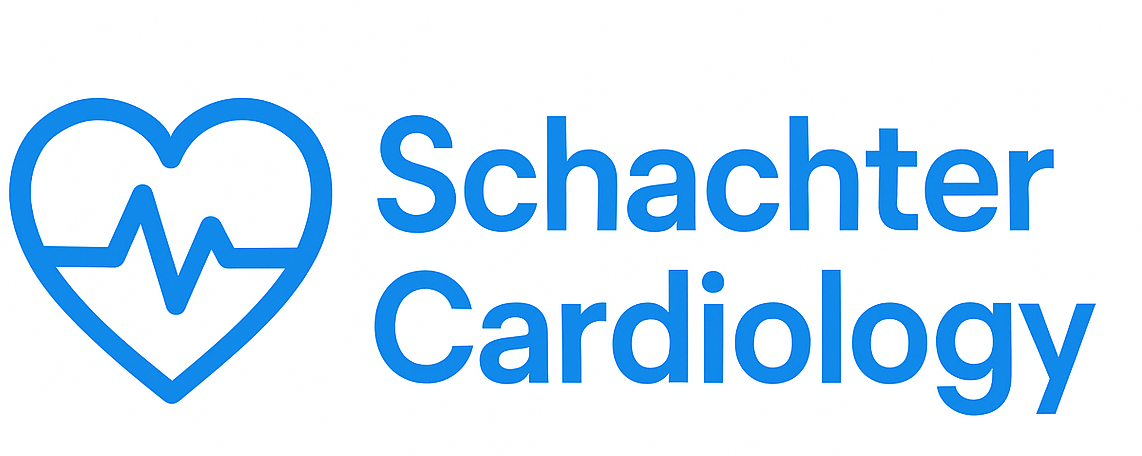The Heart of the Matter: Understanding Coronary Artery Disease Treatment Options
Introduction
Coronary artery disease (CAD) is one of the leading causes of heart-related conditions worldwide. Understanding the treatment options available is crucial for patients diagnosed with this condition. This blog post aims to break down the various treatment modalities for CAD, including lifestyle changes, medications, and surgical interventions.
What is Coronary Artery Disease?
Coronary artery disease occurs when the major blood vessels supplying your heart become damaged or diseased. It commonly results from atherosclerosis, a process where plaque builds up in the arteries, narrowing them and reducing blood flow to the heart muscle. This can lead to chest pain (angina) or heart attacks.
Symptoms of Coronary Artery Disease
Symptoms of CAD may vary from person to person. Common symptoms include:
- Chest pain or discomfort
- Shortness of breath
- Fatigue
- Heart palpitations
- Other related discomfort in the arms, neck, jaw, or back
Diagnosis of CAD
Diagnosing CAD typically involves several tests, including:
- Electrocardiogram (ECG): Measures the heart’s electrical activity.
- Stress Testing: Assesses how the heart performs under physical stress.
- Coronary Angiography: Uses dye and X-rays to see the blood vessels in the heart.
- CT Angiography: A non-invasive imaging test that provides detailed pictures of the heart and blood vessels.
Treatment Options for CAD
Treatment for CAD can be categorized into lifestyle changes, medications, and surgical procedures:
Lifestyle Changes
Making specific lifestyle modifications is often the first step in managing CAD:
- Eating a Heart-Healthy Diet: Focus on whole grains, fruits, vegetables, lean proteins, and healthy fats.
- Regular Exercise: Aim for at least 150 minutes of moderate aerobic activity each week.
- Weight Management: Maintaining a healthy weight can significantly reduce the risk of further complications.
- Avoiding Tobacco: Quitting smoking is one of the most effective ways to improve heart health.
- Limiting Alcohol: If you drink, do so in moderation.
Medications
Medications are often prescribed to help manage CAD and reduce the risk of heart attacks:
- Aspirin: Helps prevent blood clots.
- Beta-Blockers: Reduce heart workload and lower blood pressure.
- Statins: Lower cholesterol levels and stabilize plaque.
- ACE Inhibitors: Help relax blood vessels and lower blood pressure.
- Antiplatelet Agents: Prevent blood cells from clumping together.
Surgical Procedures
If lifestyle changes and medications are insufficient, surgical interventions may be necessary:
- Angioplasty and Stenting: A balloon is used to open narrowed arteries, often followed by the placement of a stent to keep the artery open.
- Coronary Artery Bypass Grafting (CABG): A surgical procedure that creates a new path for blood to flow to the heart by bypassing the blocked arteries.
- Heart Valve Surgery: If CAD is associated with valve disease, surgical repair or replacement may be required.
Conclusion
Understanding the treatment options for coronary artery disease is vital for effective management and improving heart health. Lifestyle changes, medications, and surgical procedures can all play an essential role in treatment. If you or a loved one has been diagnosed with CAD, consult your healthcare provider to determine the best course of action.
Disclaimer
This blog post is intended for informational purposes only and should not be considered medical advice. Always consult a healthcare professional for diagnosis and treatment options.
Disclaimer: This article is for educational purposes only and does not constitute medical advice. Always consult a qualified healthcare professional.
